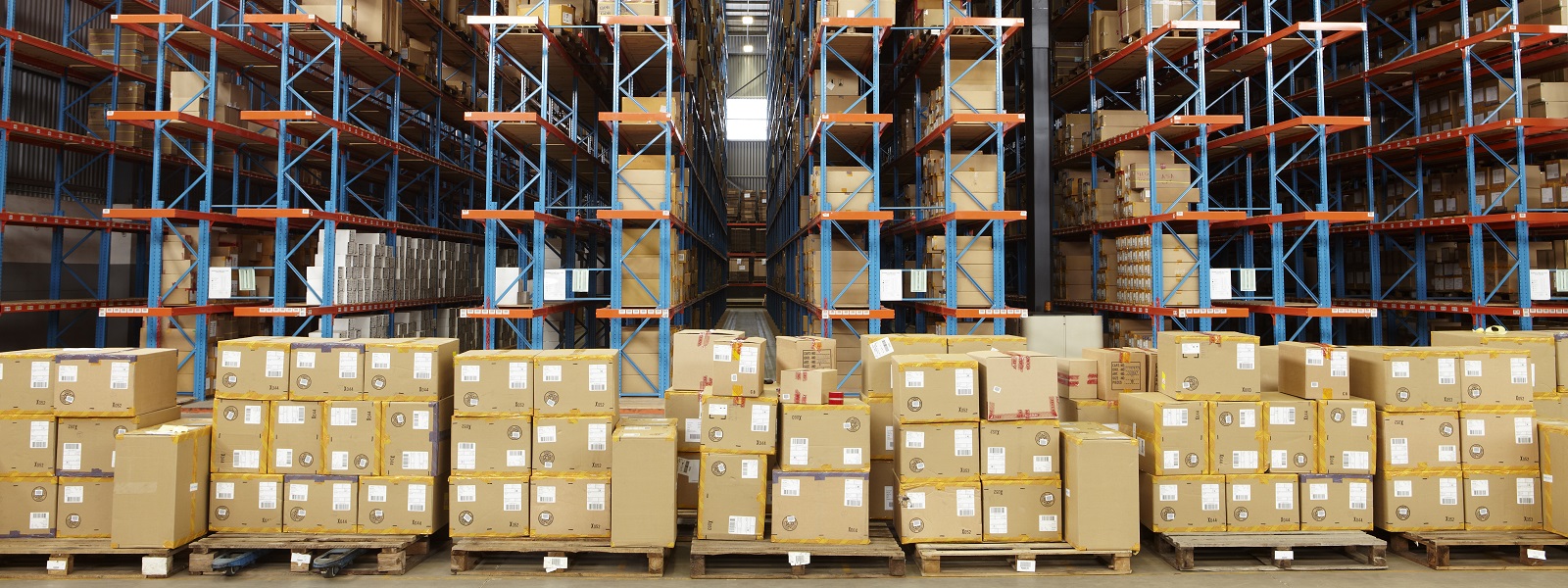Consumer sector M&A is looking good. In H1 2017, the sector recorded the highest value from cross-border M&A deals of any sector, with US$142.5 billion spread over 300 deals. Add domestic deals, and the consumer sector takes second place with US$241.8 billion. Cross-border value in the first half of 2017 has already outstripped the whole of 2016, which saw US$118.4 billion in deal value across 691 consumer deals.
Overall, the value of consumer megadeals in 2017 is already higher than in all of 2016. But Q2 2017 had the lowest volume total for any quarter since 2010. Private equity firms have been busy in the consumer sector, along with corporations. Q2 2017 was the highest value quarter for buyouts since 2013, with 91 deals worth US$26.4 billion.
Tech-tonic shifts
In an age when consumers demand the convenience of online shopping and the retail experience of bricks and mortar (often at the same time), the amalgamation of consumer and technology companies is a key driver of M&A activity.
Examples from Q2 2017 include Amazon’s US$13.7 billion agreement to acquire Whole Foods and PetSmart’s US$3.4 billion agreement to purchase e-commerce rival Chewy.com. Last year, Unilever paid US$1 billion for online razor blade vendor Dollar Shave Club and Walmart—despite its longtime online presence—shelled out US$3.3 billion for online-only retailer Jet.com.
Even since the Jet.com deal, Walmart has aggressively pursued online retail acquisitions. In Q2 2017, the company announced its US$310 million agreement to acquire Bonobos, an upmarket online apparel retailer, right on the heels of Q1 bids for women’s clothing e-shop Modcloth and outdoor retailer Moosejaw.
Across the globe, traditional retailers are attempting to increase their online presence in response to Amazon’s growing online and offline threat. US retailer Kroger, for example, is building on its 2014 acquisition of Vitacost.com and 2015 purchase of digital company Dunnhumby by rapidly expanding its Clicklist grocery program and its partnership with Instacart. These services bring tech into the store, providing shoppers with alternatives to the current delivery model.
But as Walmart goes digital and Amazon opens and acquires brick and mortar stores, it’s easy to forget that the convergence between the technology and consumer sectors poses challenges for both sides. High valuations could well be a stumbling block, giving deep-pocketed acquirers a possible edge.
The future of tech convergence
The rise of artificial intelligence and augmented reality technologies is generating new markets that may well accelerate tech-retail convergence.
Augmented reality and machine learning technologies enable retailers to, among other things, dynamically present custom purchase recommendations for products in-store, much as online retailers can target their shoppers with custom pop-up ads and tailored recommendation panels.
Technology giants like eBay, Alibaba and Google have all invested heavily in early attempts to integrate this technology into the retail experience. And investors have taken note; for example, in Q1 alone, lead investor Investec Bank spent a further US$19.5 million on Trax Image Recognition, the world leader in image recognition for retail.
Some retailers are taking a more grow-your-own approach. Walmart launched an “innovation hub” store in March to invest in and partner with entrepreneurs, early-stage start-ups, venture capitalists, and academics to develop robotics, virtual and augmented reality and artificial intelligence in an attempt to boost sales in coming decades and keep Amazon at bay.
Tech giants are also rumored to be targeting the retail sector with supply chain optimization, new e-commerce software and next-generation analytics to help retailers adapt to the evolving landscape.
But as in the automotive sector, the quickest, likeliest path for ongoing retail-tech convergence should remain M&A. When Amazon starts buying grocery stores, competitors need to take note and react quickly.





